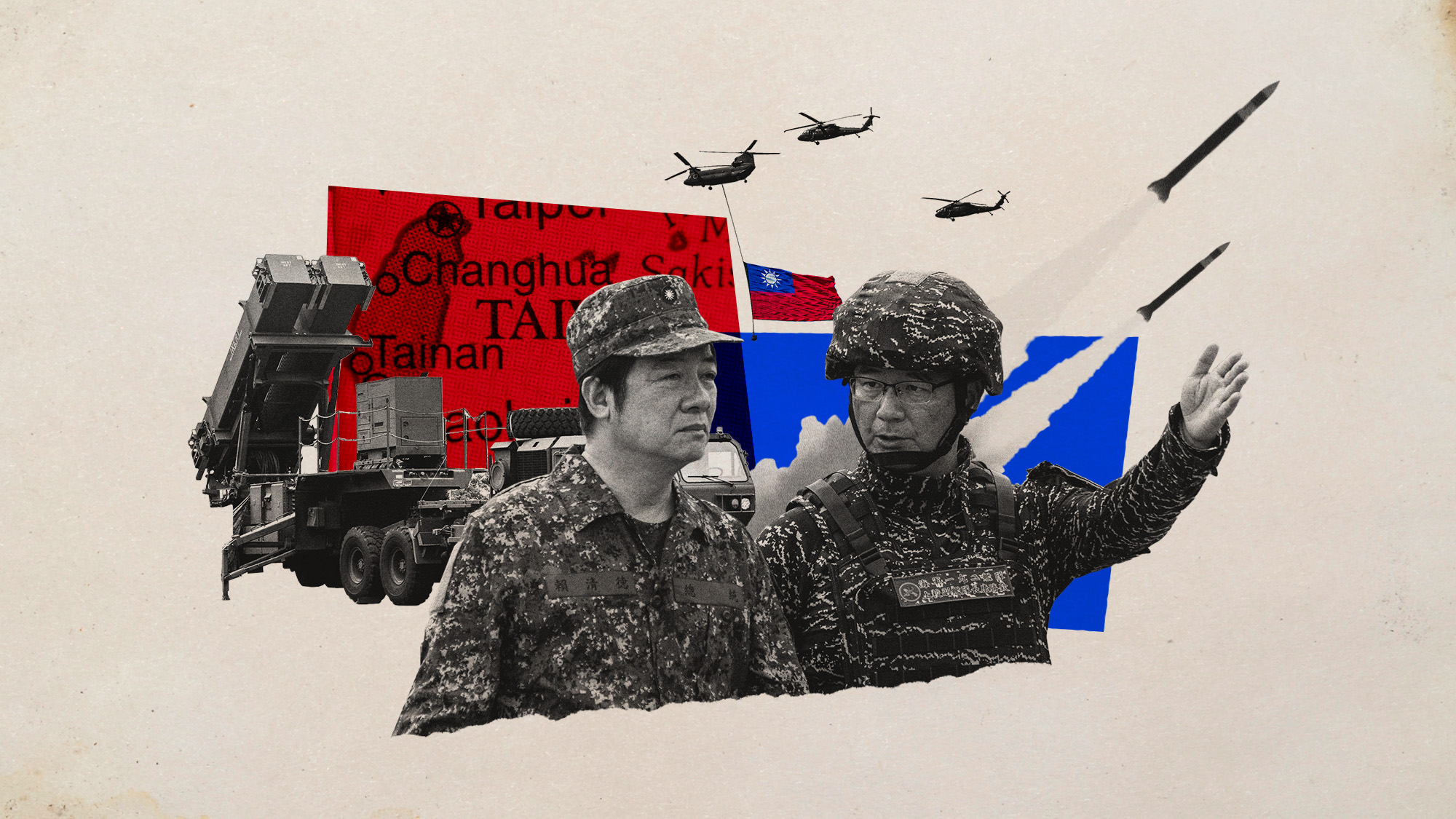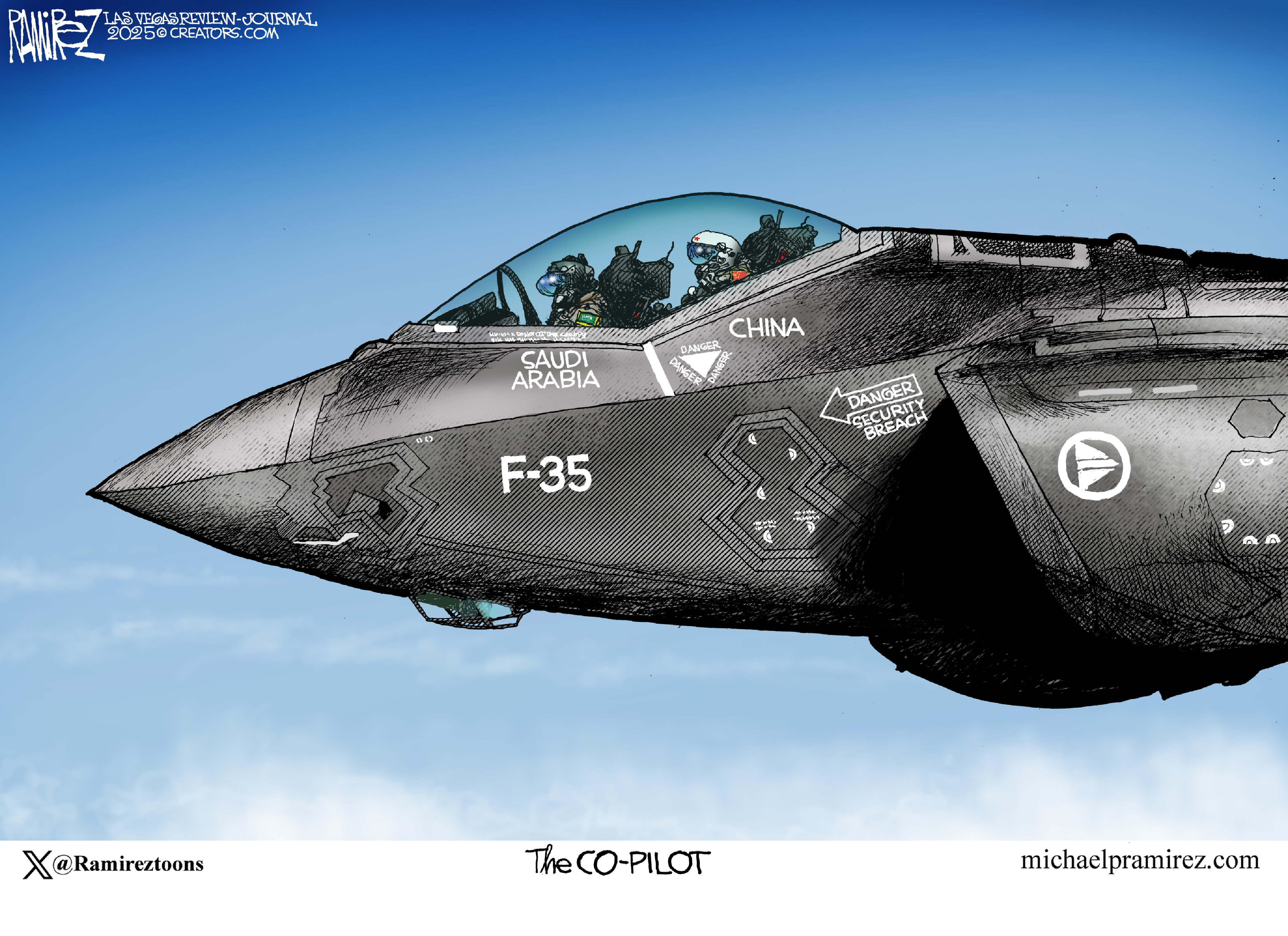The best nations the U.S. ever built
Our reconstruction of Iraq is being compared to the rebuilding of Germany and Japan afterWorld War II.
Were Germany and Japan ripe for democracy?
In 1945, few Americans would have said yes. The Japanese and Germans, many experts thought, were too fond of war and following the dictates of absolute authority to embrace popular government. Joseph Grew, our prewar ambassador to Tokyo, snorted that “democracy in Japan would never work.” Harry Truman, touring the rubble of Berlin, openly doubted that the Germans had “learned anything” from their Nazi past.
So why did we bother trying?
The Week
Escape your echo chamber. Get the facts behind the news, plus analysis from multiple perspectives.

Sign up for The Week's Free Newsletters
From our morning news briefing to a weekly Good News Newsletter, get the best of The Week delivered directly to your inbox.
From our morning news briefing to a weekly Good News Newsletter, get the best of The Week delivered directly to your inbox.
There was no choice. After the worst war in history, the Allies resolved that Germany and Japan should never again become military dictatorships that might threaten world peace. At one point, FDR and Winston Churchill even agreed to seize Germany’s surviving industries and turn the place into a nation of farmers. But the emergence of the Soviet Union as a Cold War threat changed the West’s thinking, as the world became a chessboard of communist and capitalist nations. The U.S. and Britain became determined to convert their onetime enemies into democratic allies with strong market economies.
How did we do it?
To start, with an overwhelming display of military muscle. Resisting calls to “bring the boys home,” we occupied Germany and Japan with an average of 200,000 troops apiece, and kept them there for years. We thus had little trouble imposing new constitutions that guaranteed basic human rights and civil liberties, outlined representative governments, limited the size of the armed forces, and outlawed war making. We also gave a large measure of power to the local populations fairly quickly. By May of 1946, the three states in the U.S. sector of Germany were functioning from the local level up, and the British and French sectors followed our lead. In Japan, the Army ruled through the existing government, allowing the first national elections to be held less than eight months after the surrender. The big job, though, was breaking up the elite monopolies that held most of Japan’s wealth. By creating the country’s first modern system of property law, we laid the foundation of its dynamic capitalist economy.
Did we purge the old regimes?
A free daily email with the biggest news stories of the day – and the best features from TheWeek.com
Not completely. The U.S. needed the manpower and skills of thousands of Germans and Japanese for everything from running the railways to keeping the telephones working. “We would be in a hell of a fix,” said Gen. George Patton, military governor of Bavaria, “if we removed all Nazi party members from office.” All the same, denazification and its Japanese equivalent were deemed essential to discredit the old governments. Ultimately, the occupation authorities barred about 210,000 Japanese and 1.5 million German politicians, civil servants, police, and military personnel from their old jobs. On its own, the U.S. also executed some 140 Japanese and 250 Nazis for war crimes. (This doesn’t count those convicted at the Nuremberg tribunals.)
Was there resistance?
Yes, at first. Suspicious that we would mete out merciless victors’ justice, the civilian populations were initially sullen and uncooperative. In the immediate aftermath of the war, Nazi guerrillas killed some 45 Allied soldiers. But the U.S. succeeded in winning over most Germans and Japanese. In Japan, cooperation came quickly, largely because the U.S. wisely decided to keep Emperor Hirohito on his throne. Renouncing his divinity, he personally endorsed the occupation effort and the transition to democracy. His support had a huge impact on the population; in Japan, there was not one instance of anti-U.S. terrorism. In Germany, the turning point was probably the 1948 Berlin Airlift. This massive infusion of food and supplies saved the capital from starvation and convinced Germans of our sincerity.
How much did rebuilding cost?
Far more than we’ve spent so far in Iraq. Much of the spending came through the famous Marshall Plan, aimed at restoring the industrial and economic infrastructure of 16 European nations. The total was $13.3 billion—$88 billion in today’s dollars. All told, from 1945 to 1955, the U.S. contributed more than $3.5 billion in economic assistance to Germany. Though there was no Marshall Plan for East Asia, we did give Japan about $2 billion in humanitarian aid, or more than $12 billion in 2003 dollars. The U.S. has spent more than $100 billion on military operations in Iraq, but only about $5 billion in actual aid and rebuilding costs. Congress has authorized another $18.4 billion.
Why did things work out?
Most historians agree that Germany and Japan were so devastated that the survivors were desperate to bury the evils of the past. At the same time, neither country had ethnic or religious divisions that had to be knitted together. A 2003 Rand Corp. study concluded that the nation building succeeded in both countries primarily because the U.S. supplied sufficient quantities of three precious resources: money, troops, and time.
How long did we stay?
Japan’s American viceroy
-
 Taiwan eyes Iron Dome-like defence against China
Taiwan eyes Iron Dome-like defence against ChinaUnder the Radar President announces historic increase in defence spending as Chinese aggression towards autonomous island escalates
-
 Political cartoons for November 30
Political cartoons for November 30Cartoons Sunday's political cartoons include the Saudi-China relationship, MAGA spelled wrong, and more
-
 Rothermere’s Telegraph takeover: ‘a right-leaning media powerhouse’
Rothermere’s Telegraph takeover: ‘a right-leaning media powerhouse’Talking Point Deal gives Daily Mail and General Trust more than 50% of circulation in the UK newspaper market